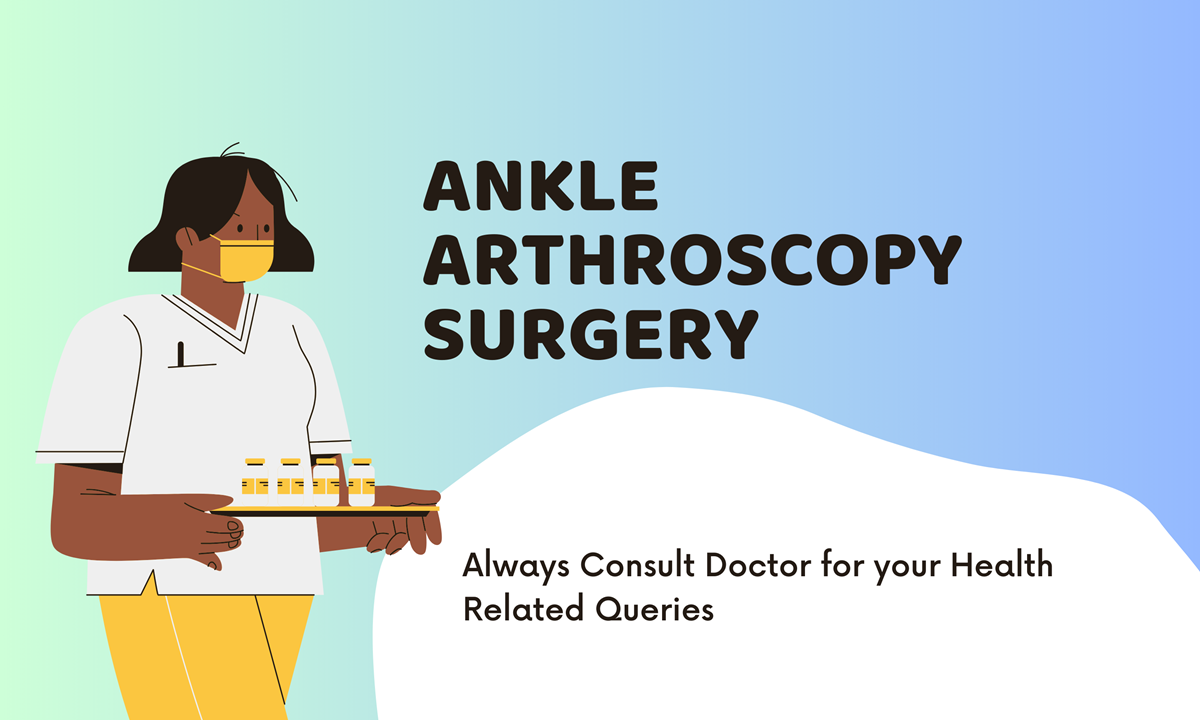Ankle arthroscopy, a minimally invasive surgical procedure used to diagnose and treat various ankle disorders, involves the insertion of a small camera (arthroscope) into the ankle joint to visualize and address problems within the joint. Common issues treated via ankle arthroscopy include ankle impingement, cartilage damage, removal of loose bodies, and the treatment of osteochondral defects. The success rate of ankle arthroscopy can vary based on the specific condition being treated, the surgical technique used, and individual patient factors.
- Success Rate:
- The success rate of ankle arthroscopy varies depending on the specific condition being addressed. For common procedures, such as the removal of loose bodies or treatment of impingement, success rates can be quite high, often ranging from 70% to 90%.
- Success is typically measured by the reduction in pain, improvement in joint function, and the patient’s ability to return to normal activities or sports.
- Factors Affecting Success Rate:
- Severity and Type of Ankle Condition: Conditions like osteochondral defects or severe impingement may have more variable outcomes compared to straightforward cases like the removal of loose bodies.
- Patient Factors: Age, overall health, activity level, and history of ankle injuries can impact the success of the surgery.
- Surgical Technique and Experience: The surgeon’s experience and the specific arthroscopic techniques used can significantly influence outcomes.
- Risks and Complications:
- Potential risks include infection, nerve damage, bleeding, and continued pain or instability in the ankle.
- There is also a small risk of complications associated with arthroscopy, such as damage to the cartilage or the arthroscope instruments.
- Recovery and Rehabilitation:
- Recovery times vary based on the extent of the procedure. Many patients begin to resume normal activities within a few weeks, but complete recovery and return to high-impact activities or sports can take several months.
- Physical therapy is often recommended post-surgery to regain strength, flexibility, and range of motion.
- Long-Term Outcomes:
- In the long term, many patients experience a significant improvement in ankle pain and functionality.
- Ongoing management, including exercises and lifestyle modifications, may be necessary to maintain ankle health, especially for athletes or individuals with recurrent ankle issues.
- Patient Satisfaction:
- Patient satisfaction following ankle arthroscopy is generally high, particularly among those who experience significant relief from symptoms and improved joint function.
Patients considering ankle arthroscopy should discuss their specific case with an orthopedic surgeon specialized in foot and ankle surgery. This discussion should include the potential risks, benefits, and expected outcomes based on their individual condition and overall health. It’s important to have realistic expectations about the surgery and to understand the importance of postoperative rehabilitation for achieving the best possible outcomes.

